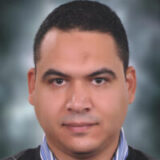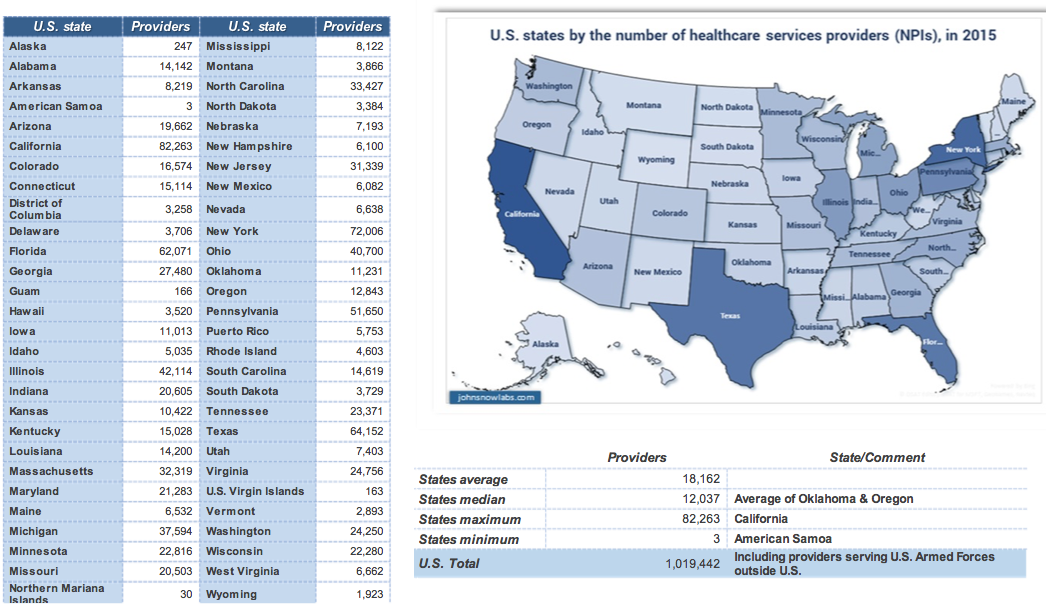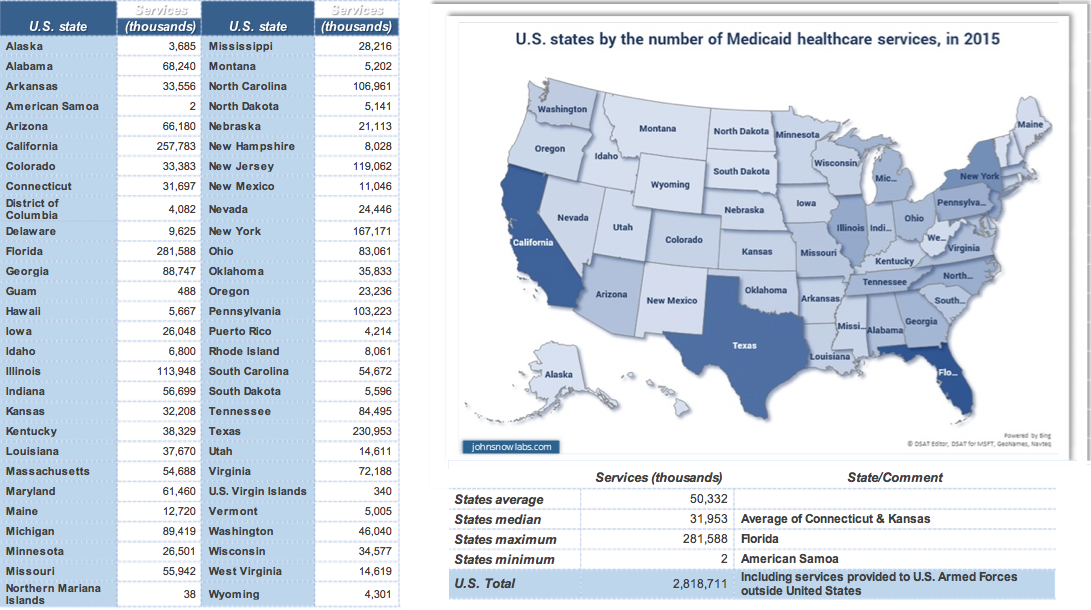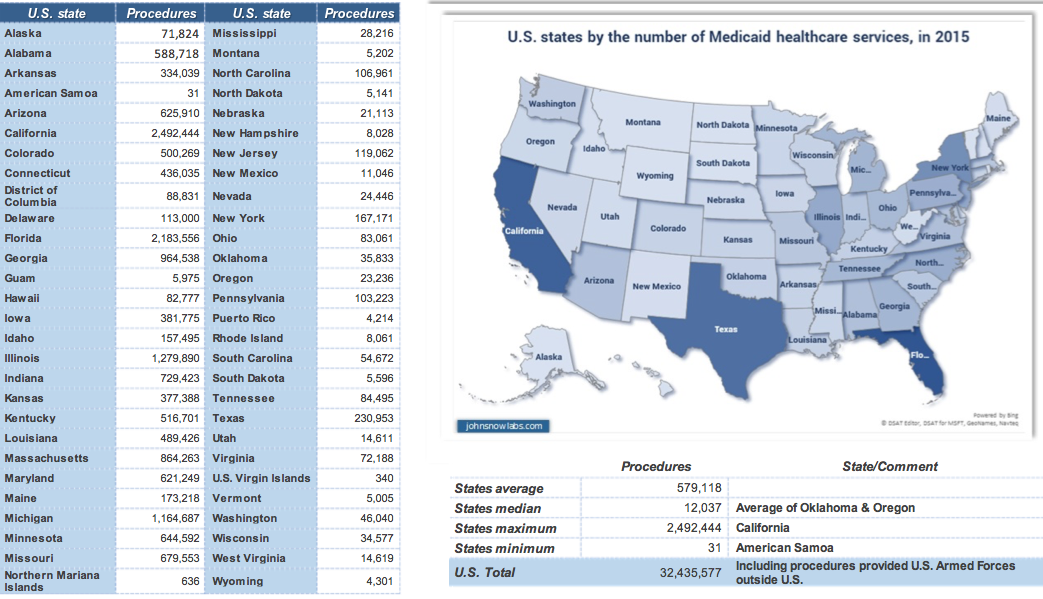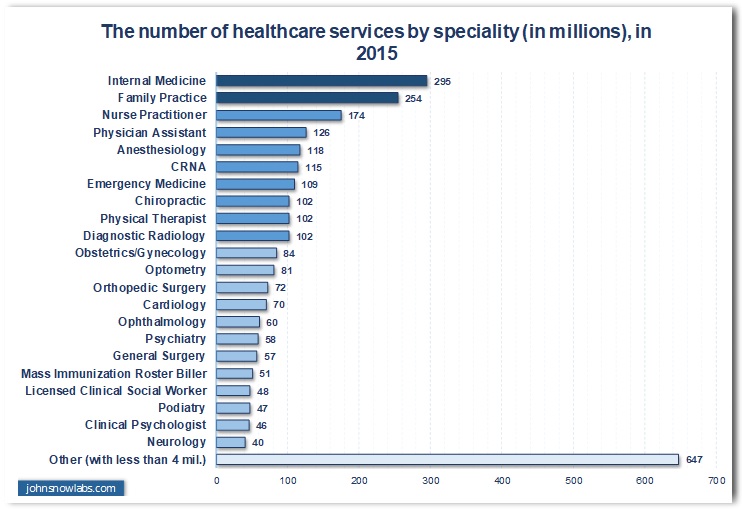Introduction and definitions
The Centers for Medicare and Medicaid Services (CMS) offers to researchers and policymakers, through The Physician and Other Supplier Public Use File (The Physician and Other Supplier PUF), useful data to assess the geographical variations of the Medicare providers number (physicians and other healthcare professionals) and healthcare services. In fact, the data is covering a much broader spectrum of variables related to Medicare healthcare services utilization, payment, and submitted charges. The source of data included are the CMS administrative claims data about the beneficiaries enrolled in the Medicare fee-for-service program.
According to the Department of Health and Human Services, the healthcare services providers are defined as any person or organization that furnishes, bills, or is paid for healthcare in the normal course of business. To participate in the Medicare program, the provider needs to have a unique identifier which is the NPI (National Provider Identifier), issued by CMS. Health services providers include organizations (like hospital, clinics, home health agencies, nursing homes, residential treatment centers, laboratories, ambulance companies, group practices, health maintenance organizations, supplies related to health care, prosthetics, and orthotics, pharmacies) and individuals (like physicians, dentists, nurses, chiropractors, pharmacists, physical therapists). Centers for Medicare and Medicaid Services developed the Healthcare Common Procedure Coding System (HCPCS), a set of codes to identify medical procedures and services.
John Snow Labs included in its library of healthcare data sets the data provided by CMS through The Physician and Other Supplier PUF, after a process of data curation and enhancement, having a purpose to accelerate the utilization and understanding this data package for the above-mentioned categories of users.
Overview on Medicare providers and services in 2015
The current article, part of a series of 3 articles based on the data available through the CMS The Physician and Other Supplier PUF, provides a set of Medicare indicators that offer insights into the geographical variations of providers, healthcare services, HCPCS coded procedures and for the distribution of Medicare healthcare services by the type of providers speciality.
In 2015 more 1 million providers were registered (NPI) the in U.S. The largest number of Medicare-enrolled healthcare providers were in California, which was of more than 80.000 and 4.5 times more than states average, of approx. 18,000 providers. At a country level, almost 3 billion healthcare services were provided to the Medicare beneficiaries, the largest number of services being reported by physicians and other healthcare professionals located in Florida. Over 280,000,000 health care services and 5.6 times more than the state average (of around 50,000,000) were reported by the Medicare-enrolled providers from Florida. The total number of HCPCS coded procedures in 2015 was of over 30 million and the state average was approximate of 600,000. Internal and family medicine were, from the perspective of the services number, the most utilize specialties in 2015 by the Medicare beneficiaries. It can be concluded that the states with the greatest number of providers are also the ones with the largest number of healthcare services provided to the Medicare beneficiaries and vice-versa.
The healthcare providers and services set of indicators
3.1 The number of healthcare providers (NPIs) by states, in 2015
3.2 The number of healthcare services by states, in 2015
3.3 The number of HCPCS reported coded procedures by states, in 2015
3.4 Healthcare services by healthcare providers specialty, in 2015
(only specialties with at least 2% of the total number of services)
With the growing use of Medicare indicators in healthcare analysis, exploring tools like Generative AI in Healthcare and Healthcare Chatbot solutions can provide additional insights to optimize patient services and outcomes.























